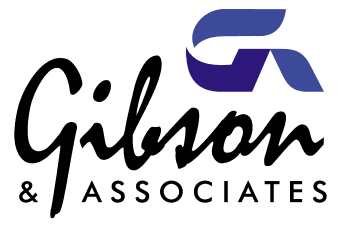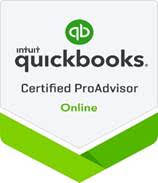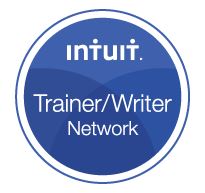Next to payroll, paying bills is probably your least favorite task in business. However, QuickBooks makes it a heck of a lot easier with its Bill Pay feature! You don’t have to use this feature – you can keep stacking bills on your desk, scrawling the due dates on a paper calendar, and using the Write Checks feature, but the automated bill process will make your life much simpler.
If you’re using QuickBooks, you’ll want to start taking advantage of the numerous tools that QuickBooks offers to track your accounts payable, including the ability to:
- Enter bills as they come in and track until they’re paid
- Set reminders for bills due
- Pay bills easily by check or credit card
- Locate a bill or payment quickly
- Enter bills as (or after) you receive items
- Link bills to purchase orders
- Have instant access to a bill’s status
Entering the bill without items:
When an expense bill comes in (from a utility company, for example), click the Enter Bills icon on the home page, or Vendors | Enter Bills. A window like the one displayed below opens. Select the vendor and fill in the blanks. Make sure that the Expenses tab below is selected and the appropriate account number and amount fields are completed.

Note: Dealing with incoming inventory can be a little more complex. Setting up inventory items and their mapping is the most crucial part of tracking inventory. Consult with us before you plan to use the inventory tracking feature.
Receiving the bill with items: Click Vendors | Receive Items and Enter Bill. When you select the vendor from the list, this box opens (if you have sent a purchase order):

Figure 2: QuickBooks is telling you that you have open orders with this vendor.
Click Yes. The Open Purchase Orders box opens, containing a list of open POs. Select the one(s) you want and click OK. The Enter Bill form opens automatically, containing the details of that purchase order. Change quantities if they don’t match the shipment and edit other fields as necessary. Save the bill.
If it’s a bill for an item that already has a related Item Receipt (that is, the shipment preceded the bill), QuickBooks instructs you to use Vendor | Enter Bill for Received Items. Follow the prompts.
Creating the payments for your bills:
It’s good to set reminders for bills. Go to Edit | Preferences and click Reminders. Make sure that that Show Reminders List box is checked, then click Company Preferences. Find the Bills to Pay row and enter how much advance notice that you’d like. Indicate whether you want to see a list or a summary, then click OK.
When bills are due, click the Pay Bills icon or select Vendors | Pay Bills. A window opens displaying all outstanding bills. You can pare this down by selecting a date in the Due on or before field and/or Filter by vendors. The screen will look similar to this:

Figure 3: You can easily select the bills you want to pay.
Enter a check mark next to the bills you’re paying in the little box on the left, and if you are not paying the full amount, change the amount in the Amt.To Pay field at the end of the row. At the bottom of the screen, you can set the payment date and type, use any discounts or credits, and make sure the correct payment account is selected. You can pay with credit cards or checks. When you’re done, click Pay Selected Bills.
Tip: You can have credits and discounts automatically applied by going to Edit | Preferences | Bills and selecting your desired choice. Some people like this feature depending on their internal systems.
After You’ve Paid
There are a number of places where your bills appear in QuickBooks, including:
- The Unpaid Bills Detail report
- The A/P Aging Detail report
- The Vendor Center
- QuickReports
- In the Recent Transactions pane of some forms
- On the bills themselves
 Figure 4: QuickBooks displays the Paid status of bills.
Figure 4: QuickBooks displays the Paid status of bills.
QuickBooks also lets you void and delete bills, and copy and memorize them. Check with us before voiding and deleting, as these changes can create some complications in your financial statements. Be very careful about deleting bills made in prior years.
The payoff for tracking bills is instant access to your accounts payable status, better relations with vendors, and a more insightful accounting of your company’s cash flow. You will absolutely love using the Enter Bills | Pay Bills feature!







